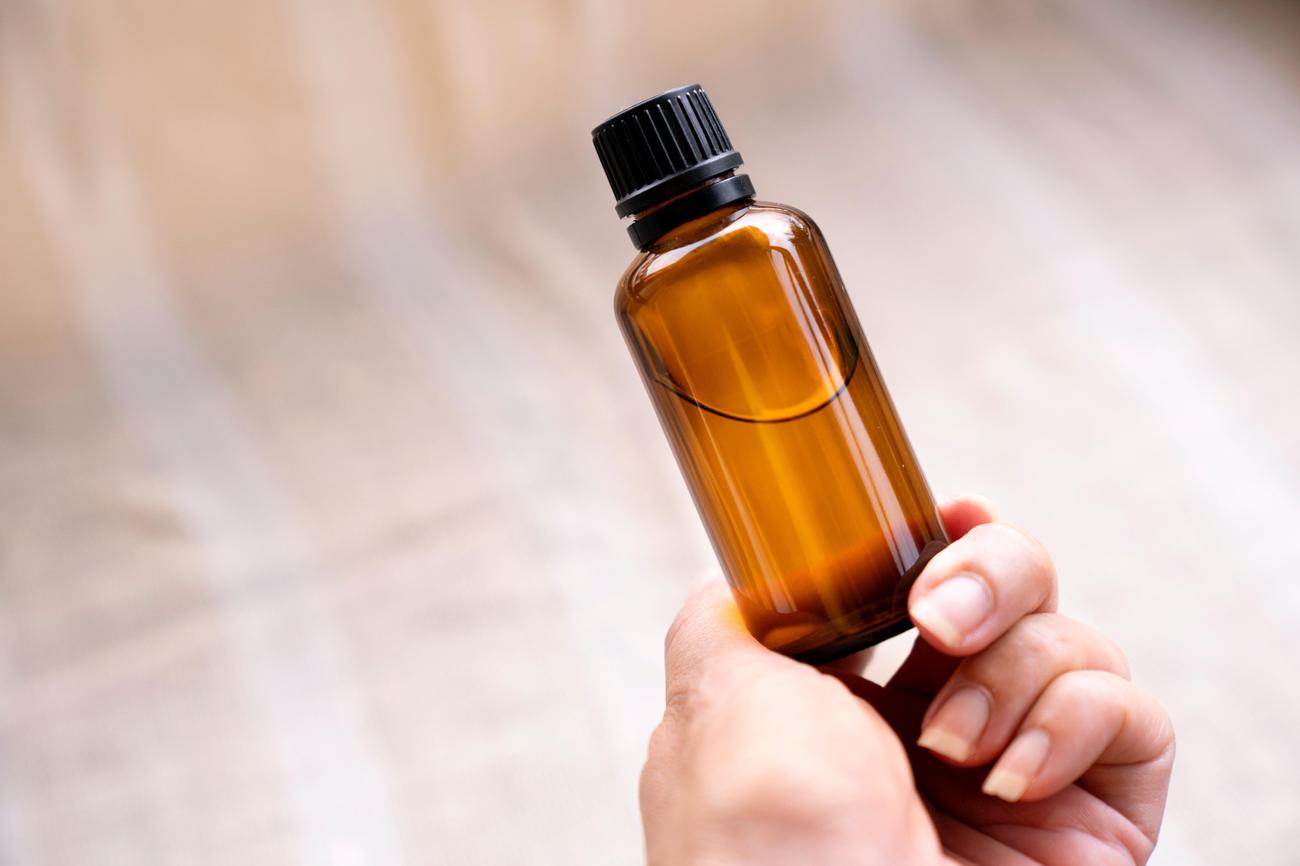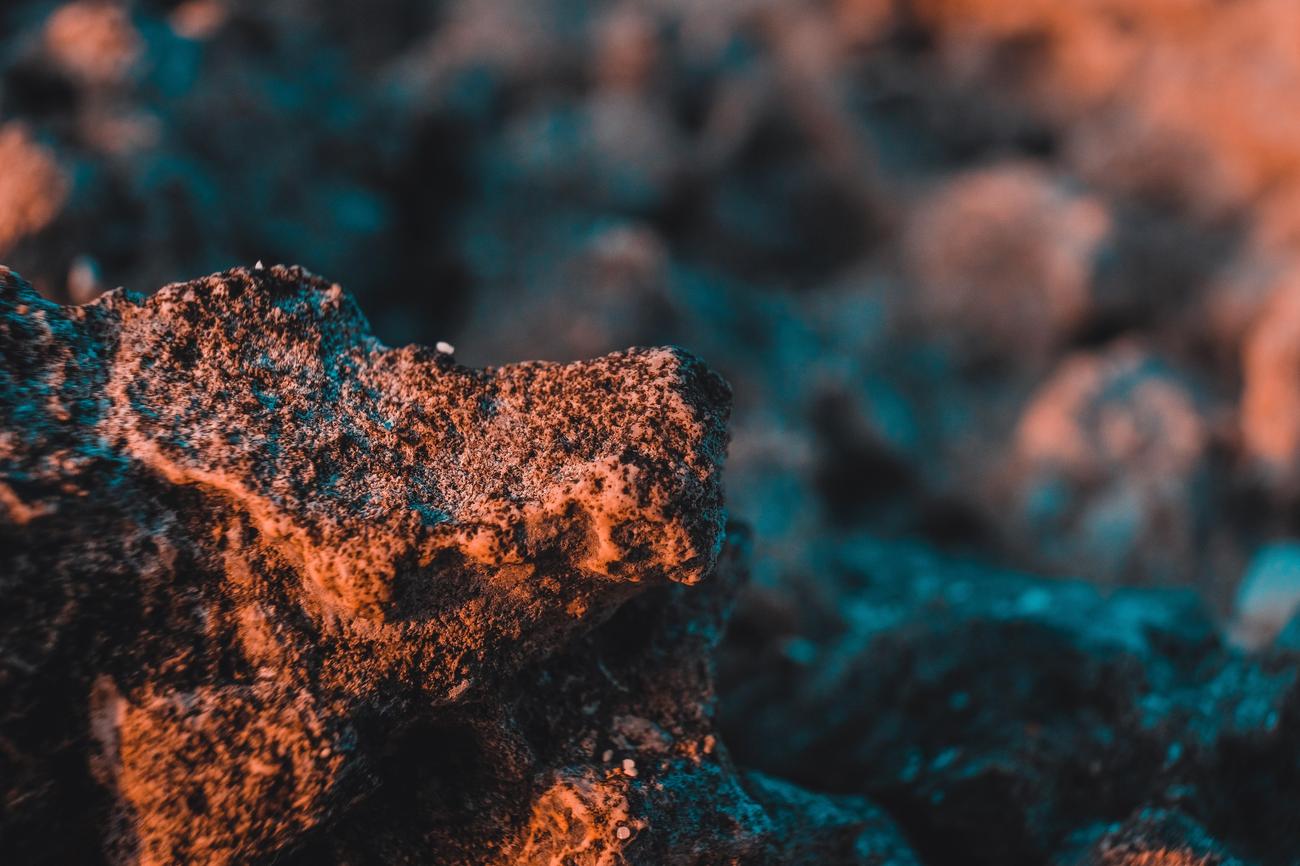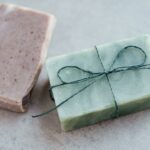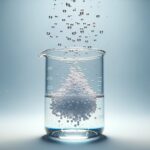Have you ever wondered what exactly goes into making that bar of soap you use every day? Behind its soothing scent and silky lather lies a fascinating world of chemical reactions. In this article, we will dive into the depths of soap production, unraveling the intricate chemistry behind it all. From the carefully selected ingredients to the precise mixing techniques, we will explore how these elements interact to create a cleansing masterpiece. So, prepare to be captivated as we unveil the secrets behind the chemical reactions that bring your soap to life.

Chemical reaction behind soap production
Soap making is a fascinating process that involves a series of chemical reactions known as saponification. In this article, we will delve into the intricate world of soap production and unravel the chemistry behind it. So, grab your lab coat and join me on this enlightening journey!
To understand the chemical reactions behind soap production, we first need to grasp the basics. Soap is made by combining fats or oils with an alkali, such as sodium hydroxide (NaOH), in a process called saponification. This reaction occurs at a high temperature and requires the presence of heat, water, and air to facilitate the reactions.
During saponification, the fats or oils are broken down into their individual fatty acid components. These fatty acids then react with the alkali to form soap molecules. The alkali used can vary, but sodium hydroxide is commonly used in traditional soap making.
“Soap making is like a culinary adventure, where different ingredients come together to create a delightful masterpiece.”
Soaps, being the sodium or potassium salts of fatty acids, are classified as such due to the presence of an ionic, or polar, head and a nonpolar glyceride tail. This unique molecular structure allows soap molecules to interact with both water and oils, making them excellent cleansing agents.
The chemistry of soap making revolves around the interaction between oils and alkalis. Oils and fats serve as the raw materials for saponification, providing the fatty acids necessary for soap production. The type of oil used can greatly impact the properties of the final soap product, allowing for a wide range of customization possibilities.
“In soap making, oils and alkalis join hands to create a harmonious chemical symphony, resulting in a cleansing masterpiece.”
Now, let’s take a closer look at the saponification reaction itself. When an acid (fats or oils) and a base (alkali) combine, saponification occurs, involving a hydroxide ion (OH-). This hydroxide ion plays a pivotal role in breaking down the fats or oils into fatty acids and glycerol, which then react with the alkali to form soap molecules.
“The saponification reaction is like a delicate dance between the acid, the base, and the hydroxide ion, resulting in the birth of soap.”
Ancient methods of soap making involved boiling animal fat with lye or potash, which are both sources of alkali. This process enabled our ancestors to produce soap long before the science behind it was fully understood. It is truly remarkable how human ingenuity has transformed this ancient practice into a sophisticated chemical art.
As with any scientific process, soap making is not without its challenges. One of the main considerations is the choice of oils and fats. Different fats have different compositions, resulting in variations in soap properties. Additionally, the precise measurements and temperatures must be carefully controlled to ensure successful saponification.
“Like a skilled chemist, one must master the secrets of oil and alkali combinations to wield the power of soap making.”
In modern soap production, additives can be incorporated into soap recipes to customize the final product. These additives can enhance the soap’s moisturizing properties, add fragrance, or provide additional benefits such as exfoliation or soothing qualities. Dyes and pigments can also be used to create visually appealing soaps.
“The world of soap making knows no limits, with endless possibilities for creating unique, personalized bars of cleansing goodness.”
While soap making may seem like a complex process, its underlying chemistry can be both intriguing and accessible. Understanding the chemical reactions behind soap production allows us to appreciate the artistry involved in crafting a bar of soap. So next time you wash your hands or take a relaxing bath, take a moment to ponder the remarkable science that goes into creating that lathering wonder.
“In the realm of soap making, science and art intertwine, giving birth to a humble bar of soap that cleanses both body and soul.”
Now that we’ve explored the chemical reaction behind soap production, let’s take a moment to reflect on the marvels of saponification. The interaction between oils, alkalis, and hydroxide ions creates a symphony of cleansing molecules, transforming ordinary ingredients into extraordinary soap. So whether you’re a chemist, a soap enthusiast, or simply someone who appreciates a good lather, let the chemistry of soap inspire you to explore the wonderful world of saponification.
Soap is an integral part of our daily lives, but have you ever wondered how it was invented? The fascinating history behind the creation of soap dates back centuries. To uncover this intriguing tale, click here to learn more about How Soap Was Invented. Discover the ingenious minds behind this cleansing creation and the journey that led to its incorporation into our hygiene routines. Click the link to dive into the captivating world of soap invention.

FAQ
Question 1
What is saponification and how does it contribute to soap production?
Answer 1
Saponification is a chemical process in soap making that involves the reaction between fats or oils and an alkali, such as sodium hydroxide. This reaction converts the fatty acids present in the fats or oils into the sodium or potassium salts of these acids, which are the basis of soap. Saponification is essential in creating the cleansing and lathering properties of soap.
Question 2
What are the main ingredients required for soap making?
Answer 2
Soap making requires two main ingredients: oils or fats and an alkali. The oils or fats provide the raw materials for saponification, while the alkali, commonly sodium hydroxide, initiates the chemical reaction that results in soap production. These basic ingredients can be supplemented with additives to customize the final soap product.
Question 3
What are the differences between natural and commercial soaps?
Answer 3
Natural soaps, traditionally made by boiling animal fat with lye or potash, contain sodium or potassium salts of fatty acids. These soaps are classified as salts of fatty acids due to the presence of an ionic, or polar, head and a nonpolar glyceride tail. On the other hand, commercial soaps often contain detergents and may include potentially toxic ingredients for antibacterial purposes. Natural soaps generally offer a more gentle and environmentally friendly option.
Question 4
How does the saponification reaction occur during soap production?
Answer 4
The saponification reaction between fats or oils (acids) and an alkali (base) always involves a hydroxide ion. In soap production, the fatty acids react with the alkali in the presence of heat, water, and air. This reaction breaks down the fats or oils, releasing glycerol and creating soap molecules. The heat and other factors optimize the efficiency of the reaction, leading to the formation of soap.
Question 5
Can soap making recipes be customized with additives?
Answer 5
Yes, soap making recipes can be customized with additives to enhance the properties of the final soap product. Additives such as essential oils, colorants, exfoliants, and moisturizers can be incorporated into the soap-making process to customize the scent, appearance, and functionality of the soap. These additives offer a wide range of options for personalizing the soap to meet individual preferences and needs.
- Georgia Platform: A Southern Strategy, 1850s - March 31, 2025
- How many weeks is 40 days: Quick Conversion Guide for Accurate Results - March 31, 2025
- How many feet is 300 meters? 984 Feet: Understand Length Conversions Easily - March 31, 2025
















